
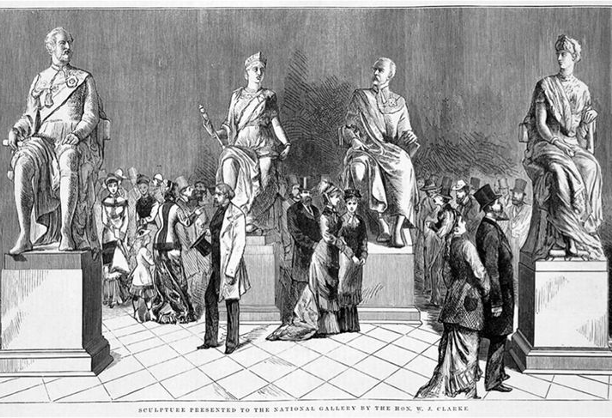
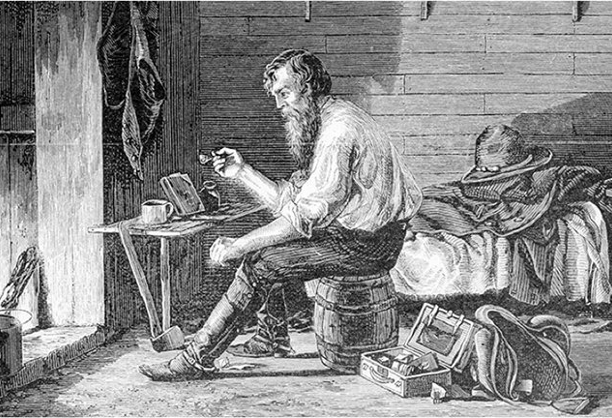
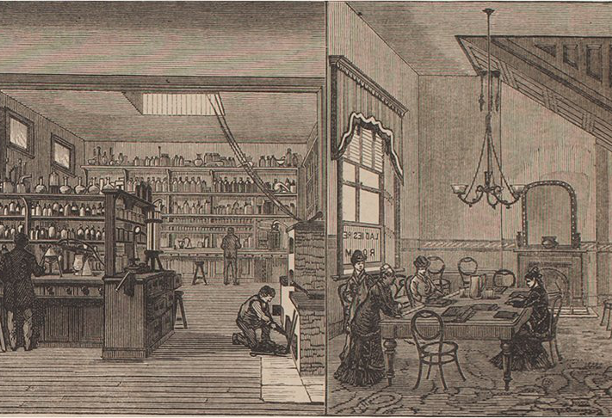
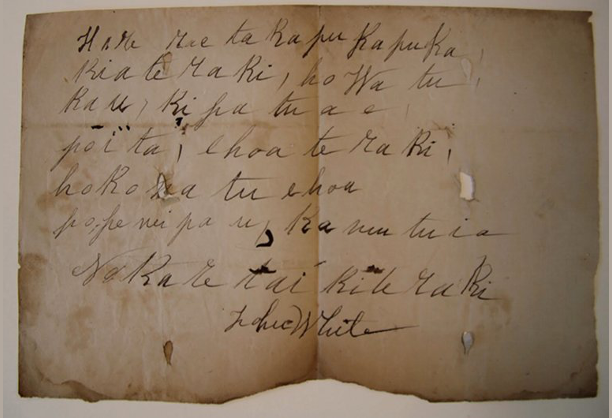
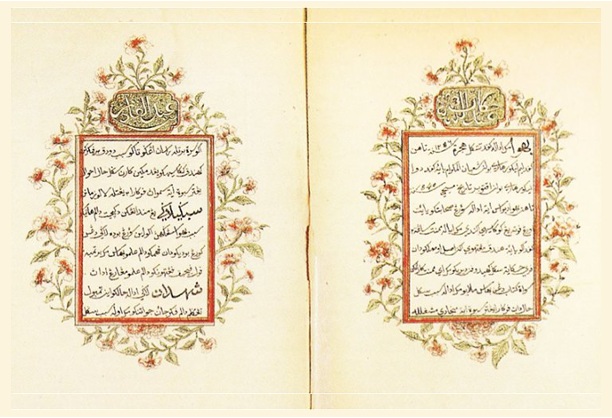
SouthHem is a five-year (2016-2021) comparative study of the literary outputs and mediating institutions produced by British settlers, indigenous populations, and mixed-race peoples in the British-controlled Southern Hemisphere and Straits Settlements from 1780-1870. The project focuses on three transnational zones: ‘Zone 1’ (Oceania): Australia and New Zealand; ‘Zone 2’ (Southern Africa): Cape Colony and Natal; and ‘Zone 3’ (Straits Settlements): Singapore, Penang, and Malacca. The literatures considered in this context include writing in English, translations into English, transcriptions, and writing in languages of origin.
This project has received funding from the European Research Council (ERC) under the European Union’s Horizon 2020 research and innovation programme (grant agreement No. 679436 - SouthHem).
Research Questions
- How did literary modernity (and its institutions, associations, and print cultures) emerge and develop outside of Europe and the Northern Hemisphere?
- How did cultural capital and literary value accrue in the colonial Southern Hemisphere and Straits Settlements?
- Was Romanticism a significant model of taste or did other standards of taste predominate?
- How can we think about the relationship between settler and indigenous literary cultures in ways that credit the long histories of aesthetic production among colonized populations?
Work Packages
Work Package 1
“Books and Readers” (2016-2021) is a five-year book history and history of reading project, which traces the changing nature of colonial book holdings and reading habits through an analysis of library, auction, book-seller, and private catalogues.
Work Package 2
“Settler Literary Culture” (2016-2019) considers comparative case studies of white settler literary culture, looking at 1. literary institutions and associations; 2. literary productions and print cultures; and 3. the role of mediators.
Work Package 3
“Translations” (2019-2021) looks at indigenous and mixed-race writing mediated through English, either at the point of production or through translation or transcription.
Work Package 4
“Encounters” (2019-2021) focuses on literary encounters (in English or otherwise) between indigenous and white settler populations, including proximate encounters, distant or virtual encounters, and symbolic or imaginative encounters.


